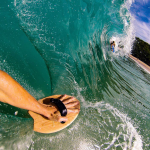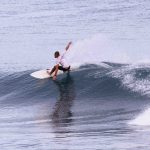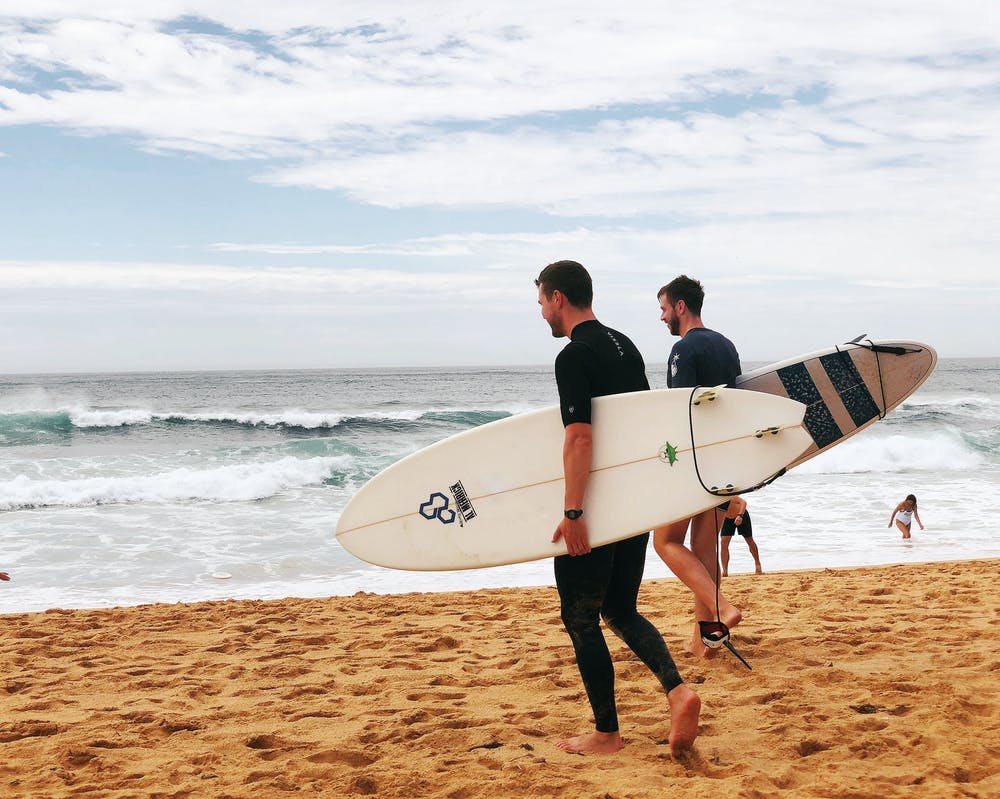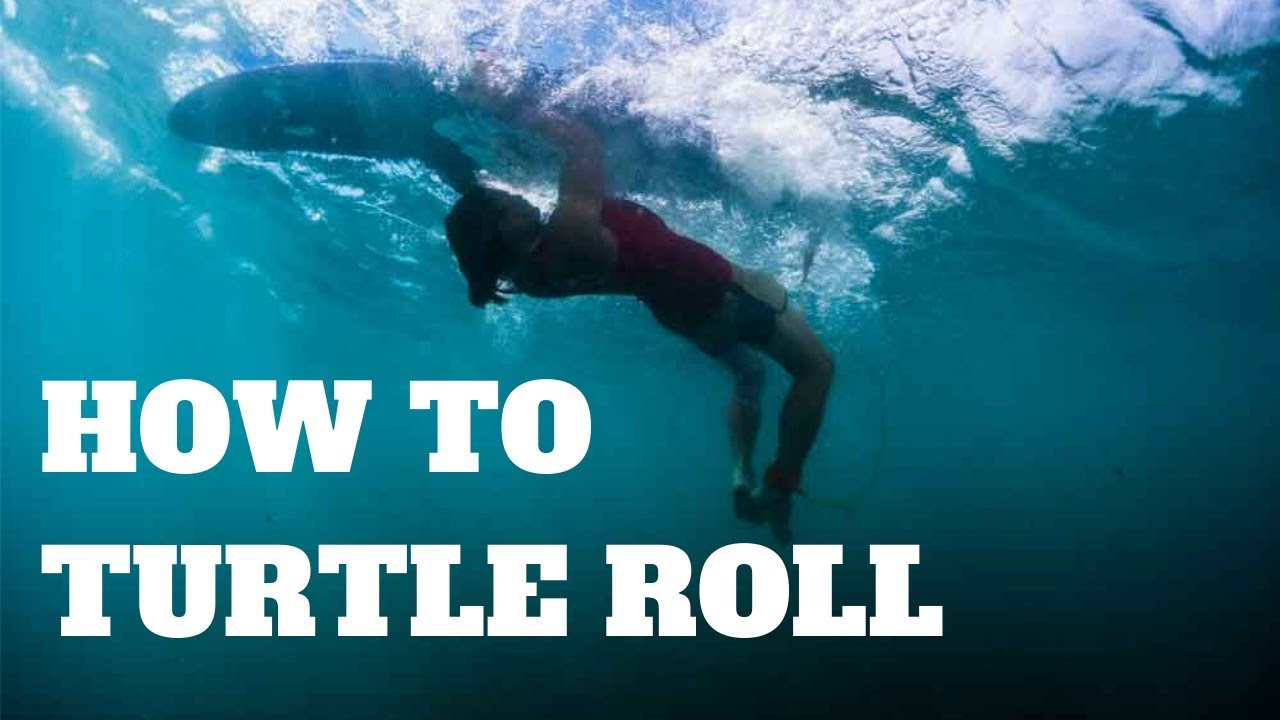Surfing is a thrilling sport that has gained immense popularity over the years. However, it requires skill, practice, and equipment to ride the waves easily. One of the essential tools in a surfer’s arsenal is their surfboard. While various surfboards are available, carving on a surfboard is one of the most critical skills every surfer should master.
Carving allows a surfer to gracefully maneuver their board on the wave’s face, creating beautiful lines and turns. This article will explore the essential techniques and tips for carving on a surfboard, helping you take your surfing skills to the next level.
How to carve on a surfboard
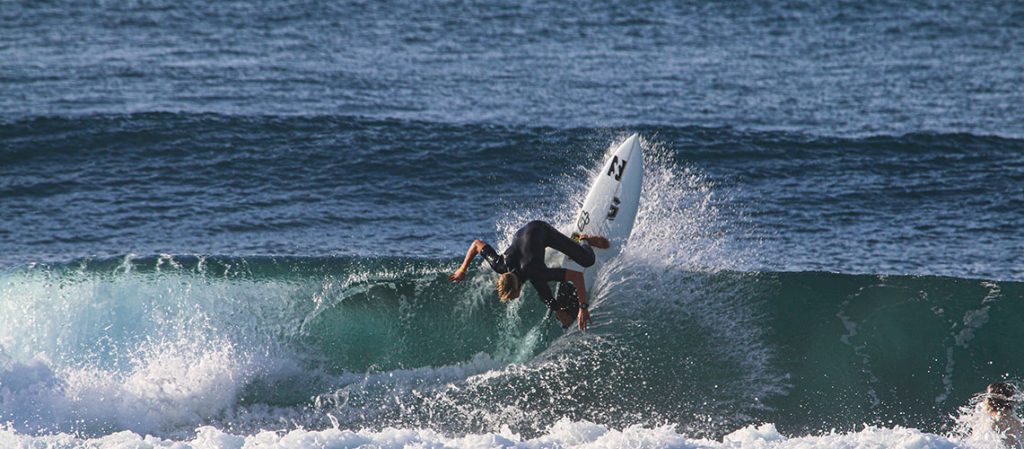
Carving on a surfboard is essential for any surfer looking to improve their riding abilities. The technique involves using the surfboard rails to create smooth, flowing turns on the wave face. Here are some tips to help you learn how to carve on a surfboard:
- Choose the right wave: Carving requires a wave with a steep face, so make sure to select a wave that has the potential to create the desired angle and speed.
- Positioning: Before attempting to carve, make sure to position yourself correctly on the wave. Place your back foot slightly towards the board’s tail and keep your weight centered.
- Body Position: Lean your body towards the direction you want to turn, bending your knees slightly and keeping your weight forward.
- Eye on the prize: Focus on where you want to turn and use your peripheral vision to monitor your surroundings.
- Use your rails: To carve, use the rails of your board to turn. By placing pressure on the outside rail of the board, you can create a smooth and fluid turn.
- Don’t rush it: Take your time when carving, as it requires patience and practice to master. Start with small turns and gradually increase your speed and intensity.
- Fin Placement: Make sure your fins are appropriately placed and in good condition, as they play a significant role in your ability to carve on the wave face.
- Use your upper body: Carving requires the coordination of your upper and lower body. You can create a more fluid and graceful carve by using your shoulders and torso to initiate the turn.
- Increase your speed: As you become more comfortable with carving, increase your speed on the wave. Higher speed means sharper turns, allowing you to draw tighter lines on the wave face.
- Practice on different waves: Different waves have different shapes and sizes, affecting your ability to carve. By practicing on various waves, you can develop your ability to adapt to other wave conditions and carve with ease.
- Experiment with different boards: Different surfboards have different rail shapes, widths, and rocker profiles, affecting your ability to carve. Experiment with other boards to find the one that suits your style and helps you carve more effectively.
- Learn from others: Watching other surfers carve can help you understand the technique better. Observe their body positioning, rail pressure, and movement to learn from their experience.
- Choose the right wave size: When practicing your carving technique, choosing waves appropriate for your skill level is essential. Waves that are too small won’t give you enough speed and power to carve effectively, while too-big waves can be intimidating and dangerous.
- Practice your bottom turns: Before attempting to carve on the wave face, it’s essential to master your base turns. An excellent bottom turn will set you up for a successful carve and give you the speed and momentum you need to execute the turn.
- Use your back foot: Your back foot plays a crucial role in carving, as it helps you control the speed and direction of your turn. Shifting your weight to your back foot can increase the pressure on your outside rail and initiate a smooth turn.
- Keep your eyes up: When carving, it’s essential to keep your eyes up and focused on where you want to go. Avoid looking down at your feet or the wave, as this can disrupt your balance and make it harder to carve effectively.
- Practice, practice, practice: Like any skill, carving on a surfboard requires practice and repetition. Practice regularly and focus on improving one aspect of your technique at a time.
By following these tips and dedicating yourself to regular practice, you can improve your carving skills on a surfboard and take your surfing to the next level. Remember to stay safe, have fun, and always respect the power of the ocean.
Conclusion
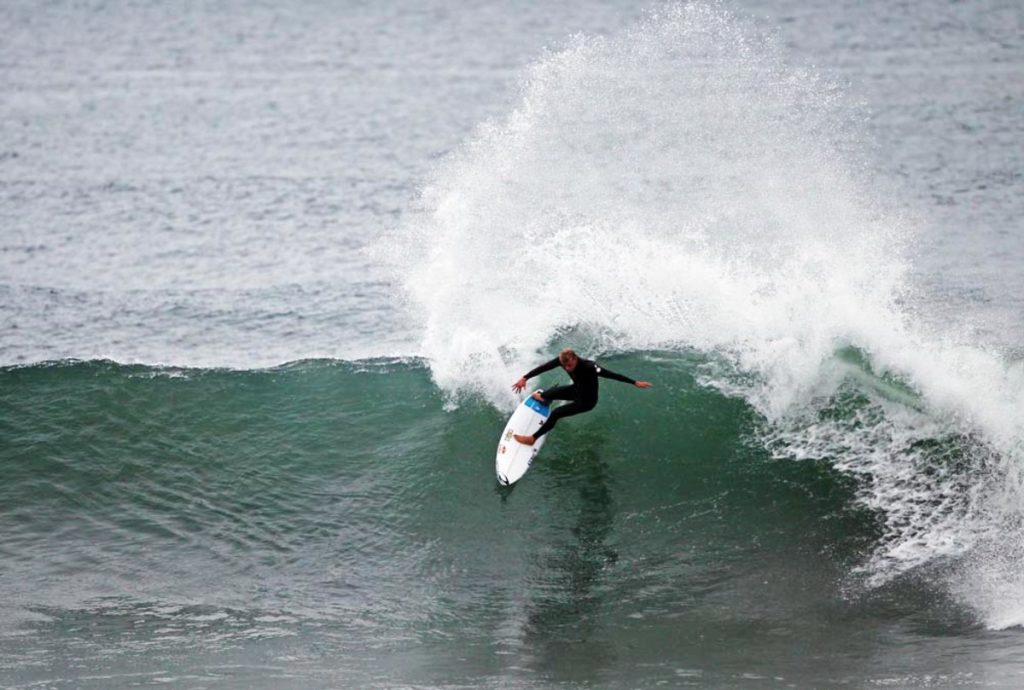
Carving on a surfboard is a fundamental skill for any surfer looking to improve their performance in the water. With the right technique, body positioning, and practice, you can create smooth, flowing turns on the wave face, enhancing your overall surfing experience. However, mastering the art of carving takes time, patience, and dedication.
Choosing the right wave, positioning yourself correctly on the board, and using your rails and upper body to initiate the turn are essential. By practicing regularly, experimenting with different boards and wave conditions, and seeking feedback from other surfers, you can improve your carving skills and become a more proficient and confident surfer. Remember always to respect the ocean, stay safe, and have fun!

